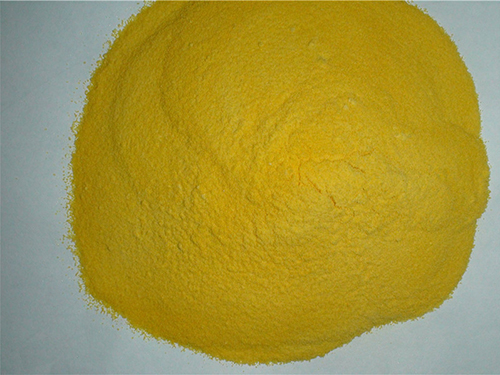flocculant types
Understanding Flocculant Types A Comprehensive Overview
Flocculants are essential chemical agents utilized in various industries, particularly in water treatment, mining, paper production, and food processing. These substances facilitate the aggregation of fine suspended particles into larger masses, known as flocs, which can then be easily removed from liquid solutions. The effectiveness and efficiency of flocculation processes often depend on the type of flocculant used. Here, we will delve into the different types of flocculants and their applications.
1. Synthetic Organic Flocculants
Synthetic organic flocculants are derived from petrochemicals and are widely used due to their versatility and efficacy. They are often categorized into three main types anionic, cationic, and non-ionic flocculants.
- Anionic flocculants carry a negative charge and are ideal for use in environments with positively charged impurities, such as in sewage treatment. They work effectively in high pH conditions and can enhance the settling rates of particles.
- Cationic flocculants, conversely, bear a positive charge and are particularly effective in paper manufacturing and sludge dewatering. They promote the bonding of negatively charged materials, resulting in dense floc formation.
- Non-ionic flocculants possess no charge, making them suitable for treating a range of wastewater types without altering the pH. These flocculants are often used in specific applications where ionic interactions need to be minimized, such as in certain food processing operations.
Natural flocculants are derived from organic substances, including plant extracts, seaweed, and microbial byproducts. These agents are increasingly popular due to their biodegradability and lower environmental impact.
flocculant types

- Starch and its derivatives are commonly used in the paper industry for improving the strength and retention of fibers. They form gel-like structures that encapsulate particles, promoting effective flocculation.
- Chitosan, derived from chitin found in crustacean shells, is known for its cationic properties and is effective in wastewater treatment applications. Its natural origin and non-toxic nature make it an excellent alternative to synthetic options.
- Alginates, extracted from seaweed, are used in various industries for their thickening and gelling properties. They can effectively aggregate suspended particles in water treatment processes.
3. Inorganic Flocculants
Inorganic flocculants, such as alum (aluminum sulfate) and ferric chloride, have been used for decades in water purification systems. These flocculants work by destabilizing colloids and promoting the formation of larger flocs.
- Alum is a widely used flocculant in municipal water treatment due to its effectiveness at various pH levels. It neutralizes negative charges on particles, allowing them to bond together and precipitate for easy removal.
- Ferric chloride is another inorganic option often employed in adjusting the chemical composition of water. It is particularly effective in removing phosphates and heavy metals.
Conclusion
Choosing the right flocculant is crucial for optimizing the efficiency of flocculation processes. Synthetic organic, natural, and inorganic flocculants each offer unique advantages and are suited for specific applications. As environmental regulations become more stringent, the demand for eco-friendly and biodegradable flocculants is on the rise. Consequently, researchers continue to explore innovative formulations that balance performance and sustainability. Understanding the various types of flocculants and their applications significantly impacts industries that depend on effective particle removal and water treatment solutions.
-
Water Treatment with Flocculant Water TreatmentNewsJun.12,2025
-
Polymaleic AnhydrideNewsJun.12,2025
-
Polyaspartic AcidNewsJun.12,2025
-
Enhance Industrial Processes with IsothiazolinonesNewsJun.12,2025
-
Enhance Industrial Processes with PBTCA SolutionsNewsJun.12,2025
-
Dodecyldimethylbenzylammonium Chloride SolutionsNewsJun.12,2025





